June is a month where the modern list differs from the original Tiffany's poems and the 1912 Kansas City list. I'm not sure why it was changed from pearl or moonstone to alexandrite. Perhaps as a way to advertise and sell this rare and expensive stone?
Alexandrite is primarily found in Russia (named after the Russian tsar Alexander), particularly in the Ural mountains, though there are deposits in Brazil, India, Sri Lanka, Madagascar, and Tanzania. It is more properly called chrysoberyl. This might lead you to believe that it has a similar chemical makeup to beryl (which we saw with aquamarine and emerald), but that isn't quite the case. Beryl is softer and contains much more beryllium.
| Chrysoberyl: BeAl2O4 |
Chrysoberyl is a beryllium-containing oxide, while beryl is a beryllium-containing silicate. The name "chrysoberyl" comes from the Greek words chrysos, meaning "gold," and beryllus, the Greek name for any hard, lustrous mineral (also later applied to any green-colored stone). Logical, since chrysoberyl is usually greenish-yellow:
Chrysoberyl's formation is a little complicated. It starts with low-density, water-containing magma near the Earth's surface. As the magma cools and forms crystals, the ratio of water to magma increases, as does the presence of rare elements. This water-rich magma ultimately crystallizes later than the other magma, resulting in a pegmatite with overlapping crystals of differing minerals. Chrysoberyl, then, always forms with quartz and is found in granite, marble, and mica schists. However, chrysoberyl is the third-hardest mineral on Earth, after diamond and corundum (which includes ruby and sapphire); often it remains while the other parts of its pegmatite neighbors have eroded away. Then you can find isolated chunks of chrysoberyl in alluvial deposits, gravel, and sand.
Of course, alexandrite doesn't look at all like the typical golden chrysoberyl. Depending on the light (more on that in a minute), it's either green or reddish-purple:
This is because alexandrite is a form of chrysoberyl where chromium has replaced some of the aluminum. If you've been paying attention, you'll remember that trace amounts of chromium in the crystal lattice of a gemstone often results in a green color. This means that for alexandrite to form, there has to be both chromium and beryllium present in the water–magma goop. This does not happen often and as a result the sources for natural alexandrite are quite limited: where there is beryllium-rich "pegmatitic fluid" and chromium-rich rocks.
The color change is due to the human eye and absorbed versus reflected wavelengths of light. The chromium ions in alexandrite are at a sweet spot where in the full spectrum of light (that is, with a balance of red, green, and blue light), the alexandrite reflects a green light, but in incandescent lighting (which is overbalanced in favor of red light), alexandrite appears more reddish. On the one side of alexandrite are rubies and red corundum (which always appear red) and on the other are emeralds (which always appear green). Note that this is a different sort of color change than pleochroism, which isn't related to the type or temperature of the light, but rather the angle at which the light strikes the stone.
Because of its relatively recent discovery (at some point after 1831), there aren't any mythological associations with alexandrite. Chrysoberyl in general (and particularly cat's eye chrysoberyl) was thought to protect the wearer; according to ancient Arabic thought it even rendered a warrior invisible during battle. All varieties were said to help with self-confidence and clarity of thought, and its gold-yellow color was also thought to attract wealth.
"Synthetic" alexandrite is popular, due to the rarity and expense of natural alexandrite. I put synthetic in the scare quotes because properly speaking, synthetic alexandrite isn't a true synthetic (chemically identical but formed in a lab instead of in the Earth), but rather an imitation: corundum or spinels with trace elements to mimic alexandrite's color-changing properties. Some glass imitation alexandrite lacks any color-changing properties whatsoever, but other ones manage to achieve the effect—even without any sort of AB surface coating.
Amazing Alexandrite
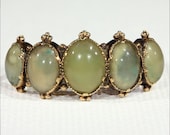 | 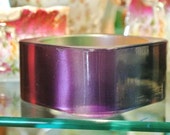 | 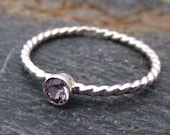 | 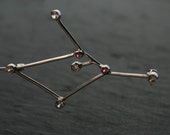 |
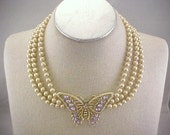 |  | 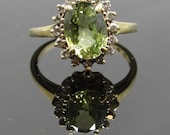 | 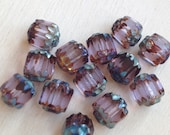 |
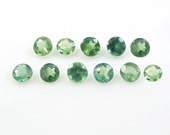 | 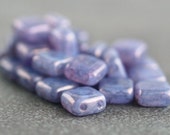 | 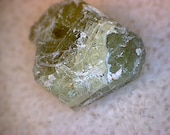 | 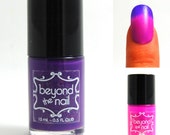 |
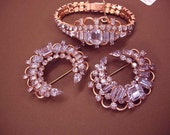 | 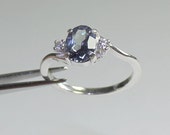 | 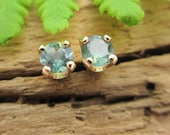 |  |
Powered By Toastie Studio - Etsy Tools

Alexandrite is one of the few precious gems that changes colors in incandescent lighting. Alexandrite is extremely rare and sought-after gemstone..
ReplyDeleteThank you for another insightful article. I have a presentation coming up next week, and I'm looking for relevant information. Green Alexandrite
ReplyDelete